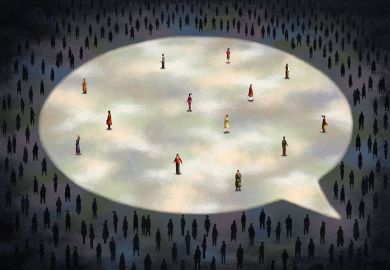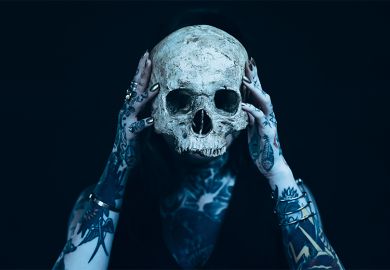The Kapoor dynasty has dominated Indian cinema for nearly 80 years.
Prithviraj Kapoor (1906-72), the patriarch, starred in India's first talkie, Alam Ara (1931), and became a major star with New Theatres of Calcutta before moving back to Bombay to continue his film career. His eldest son, Raj, was one of India's leading producers, directors and stars from the 1940s until his death in 1988, who made films such as Shri 420 and Awara , which were international hits in the 1950s. The middle son, Shammi, was the "Elvis of India" who danced and romanced through the 1960s; the youngest son, Shashi, was the "thinking woman's crumpet" of the 1960s and the co-star in many Amitabh Bachchan movies of the 1970s. Raj's son Rishi was a top romantic hero for more than two decades, while Raj's granddaughters Karisma and Kareena have been two of the biggest stars of the 1990s and 2000s.
Amid all this glamour and international celebrity, the Kapoors' association with theatre has often been forgotten. Although Prithviraj, Shashi and his daughter Sanjana are the most closely associated with the theatre, Raj Kapoor's films were greatly influenced by his knowledge of theatre and other performance traditions. His careful guarding of a unique costume department shows that, to some extent, he ran his film studio along the lines of a theatre company. Perhaps this unique feature was part of what gave his films an edge in both production and performance styles.
India has a diverse history of theatre, from the courtly Sanskrit works of ancient India through various folk traditions in most languages to the 19th-century introduction of urban theatre on a western model, best known as the Parsi theatre, which produced plays first in Gujarati and later in Hindi and Urdu, or Hindustani as this hybrid urban language was usually known.
Many professional regional theatre groups began during the late 19th and early 20th centuries, most of them closely linked with regional cinemas and several of which continue to the present. The leftist Indian People's Theatre Association (IPTA), founded in 1943, formed a national network of units with which many of the great actors of Indian stage and cinema, such as Balraj Sahni and Kapoor senior, were associated.
Kapoor founded his company, Prithvi Theatres, in 1944 to promote a kind of Hindi-Urdu theatre that used single sets, had naturalistic acting and presented socially relevant stories, often addressing issues of the Partition of India. He put on eight plays, starring himself and often his sons, with which they toured the country in the hope of starting a national theatre.
Despite its many critical successes, Prithviraj had to subsidise the undertaking from his film earnings, but when he became ill in 1960, he closed Prithvi Theatres. It was revived in 1978 by Shashi Kapoor and his wife, Jennifer Kendal, who had been a member of her father Geoffrey Kendal's Shakespeareana touring company with her sister Felicity.
The couple would go on to build the 200-seat Prithvi Theatre in the Bombay suburb of Juhu to promote Hindi and English theatre. It was run by Jennifer, Feroz Khan, Kunal Kapoor and is now overseen by Sanjana Kapoor, who has extended its activities to cover children's theatre and to host theatre festivals. I had forgotten how many plays I had seen at Prithvi until I read this book - including gems such as Tumhari Amrita , Mahatma vs Gandhi and Ismat aapa ke naam - along with many works I heard about but did not get to see; these must surely be ripe for revival.
The Prithviwallahs is a first-hand account that sometimes reads like transcribed interviews, sometimes like a family memoir, illustrated with private images of the family as well as pictures of various productions and events. Given that there is so little written about the dynasty - even Raj Kapoor himself - this book is a mine of information, which traces the family back to the beginning of the 20th century in Peshawar, then to Bombay, Calcutta and back to Bombay.
There are engaging anecdotes, such as the account of the first acting role of the handsome, tall and well-built PrithvirajI as a woman. Prithviraj's career as a whole shows the close relationship between Indian theatre and cinema, as he moved between the two (as did Shashi and Jennifer). There is a great deal of information about the building of the theatre and the struggle by often impractical enthusiasts at its helm to run it as a successful business.
The book may be slightly hard going for a Western audience likely to be unfamiliar with the vast cast of characters in the book or with the plays.
But for anyone who has an interest in theatre in India, it is an absolute must.
Rachel Dwyer is reader in Indian studies and cinema, School of Oriental and African Studies, University of London.
The Prithviwallahs
Author - Shashi Kapoor with Deepa Gahlot
Publisher - Roli Books, New Delhi Distributed by Motilal Books of India www.mlbduk.com
Pages - 153
Price - £19.95
ISBN - 81 7436 348 3



